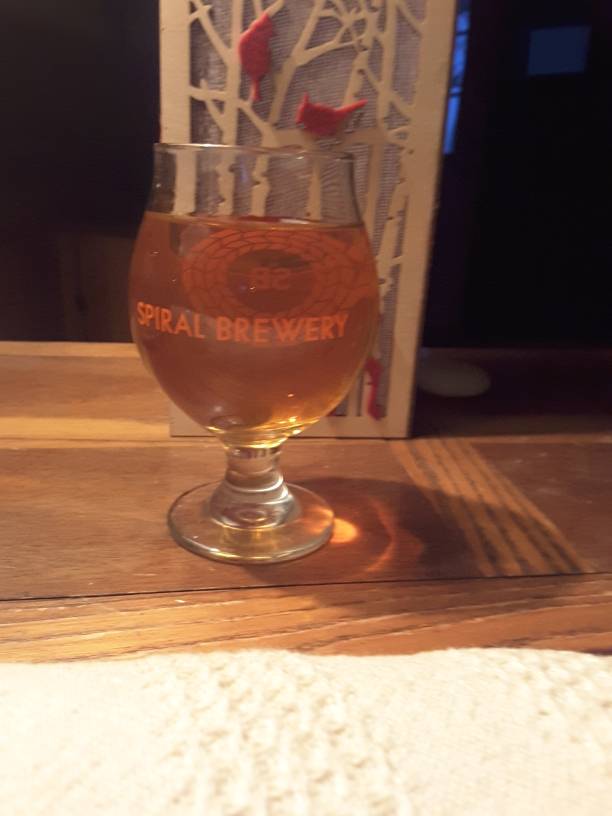NeverDie
Well-Known Member
Sure. You should probably try it anyway though just in case I get an atypical result with it, because I have no way to check for that.Brilliant, let us know how it turns out! It was also on my list for my next non-wild mead
----------------------------
I wasn't previously particularly interested in 71B, but now that I'm hearing about how it's used by the pro's and is a lot more predictable than some of the others, I'll be paying more attention to how it turns out.








































![Craft A Brew - Safale S-04 Dry Yeast - Fermentis - English Ale Dry Yeast - For English and American Ales and Hard Apple Ciders - Ingredients for Home Brewing - Beer Making Supplies - [1 Pack]](https://m.media-amazon.com/images/I/41fVGNh6JfL._SL500_.jpg)
















